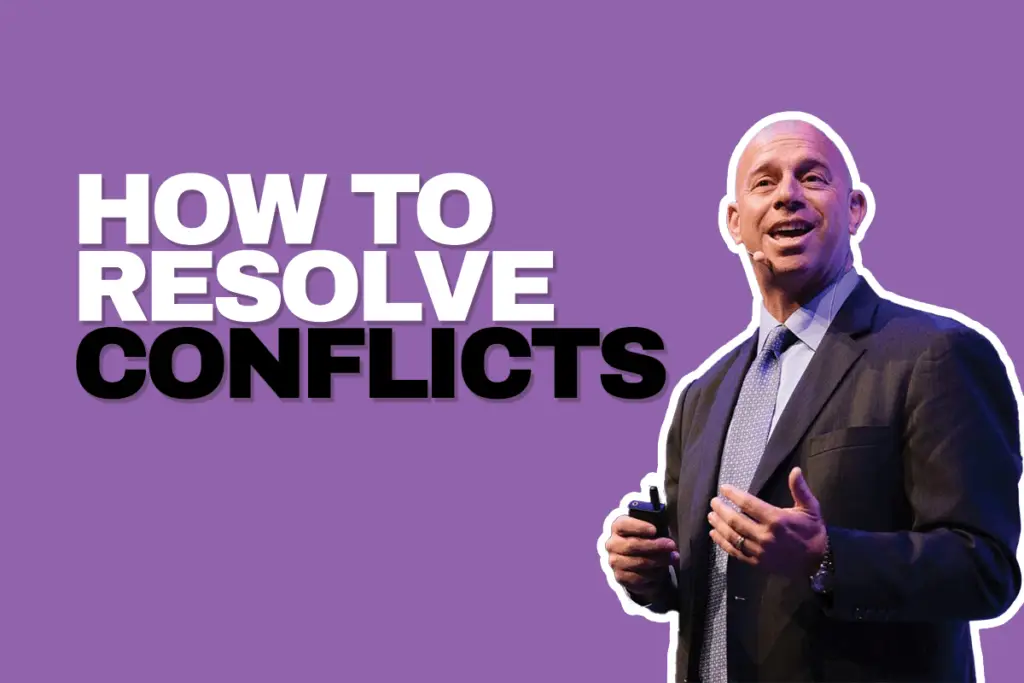Amazon Seller Disputes and Arbitration: How to Resolve Conflicts

When you’re an Amazon seller facing account suspension or withheld funds, your options for recourse feel limited. One powerful but often misunderstood option is arbitration. For Amazon sellers, arbitration is a private legal process that allows you to resolve disputes directly with Amazon outside of court. This guide will walk you through everything you need to know about arbitration for Amazon sellers, from understanding how it works to preparing your case and ultimately resolving it.
What Is Arbitration and Why Does It Matter to Amazon Sellers
Arbitration is a legal process where disputes are resolved outside the traditional court system. Instead of going before a judge, both parties—an Amazon seller and Amazon—present their cases to a neutral third party called an arbitrator. The arbitrator listens to both sides and makes a legally binding decision.
Why Amazon Sellers Need to Know About Arbitration
Most Amazon seller agreements include a mandatory arbitration clause, meaning you agree in advance to resolve disputes through arbitration instead of lawsuits. When Amazon suspends your account, withholds funds, or terminates your selling privileges, your only legal recourse is often through arbitration.
This matters because arbitration can help sellers:
Get accounts reinstated
Recover withheld funds
Challenge unjust suspensions or policy violations
Understanding arbitration gives sellers leverage in disputes that Amazon refuses to resolve internally.
Common Amazon Seller Disputes That Lead to Arbitration
Many Amazon sellers turn to arbitration when they’ve exhausted internal appeals and emails to Amazon’s Seller Performance or Legal teams. Below are common issues that escalate to arbitration:
1. Account Suspensions
When Amazon suspends or terminates an account, it can destroy a business overnight. Arbitration allows sellers to challenge Amazon’s actions and argue for reinstatement.
2. Withheld Funds
Amazon often holds funds for up to 90 days or permanently when it believes the seller violated policies. If Amazon refuses to release your money, arbitration may be your only path to recovering it.
3. Policy Enforcement Actions
Amazon may take enforcement actions—like removing listings or gating categories—based on allegations of intellectual property infringement, inauthentic products, or safety complaints. These actions can be challenged in arbitration if they harm your business unfairly.
4. ASIN Removals and Listing Deactivations
Sometimes Amazon targets individual ASINs, removing them from your catalog. If this affects your livelihood, it may be worth pursuing arbitration.
The Arbitration Process: A Step-by-Step Guide for Amazon Sellers
Navigating arbitration against a giant like Amazon may seem overwhelming, but breaking it down into steps makes the process more manageable.
Step 1: Review Your Amazon Services Business Solutions Agreement
Your rights and responsibilities are governed by this agreement. It includes the mandatory arbitration clause and names the arbitration provider, usually the American Arbitration Association (AAA).
Step 2: File a Demand for Arbitration
You must initiate arbitration by filing a formal Demand for Arbitration with the designated arbitration provider. The demand should include:
A description of the dispute
The amount of money at issue
Your preferred location for the arbitration hearing (based on the agreement)
There is a filing fee, but Amazon often bears most of the arbitration costs.
Step 3: Serve Amazon
You are required to officially notify Amazon that you’ve filed a claim. This includes sending a copy of the demand and filing confirmation via certified mail or through designated legal channels.
Step 4: Select the Arbitrator
An arbitrator is chosen from a list provided by AAA or the designated provider. Both parties have input into the selection. Choose carefully—this person will decide the outcome.
Step 5: Exchange Information and Submit Evidence
Both sides can request documents and submit evidence. As the seller, your evidence might include:
Emails and messages to/from Amazon
Appeal submissions
Account metrics
Invoices or supplier letters
Financial records
Organize everything clearly and respond promptly to requests from Amazon or the arbitrator.
Step 6: Attend the Arbitration Hearing
Hearings are typically virtual but may occur in person. You’ll present your arguments, answer questions, and challenge Amazon’s claims. Having legal representation can be a major advantage here.
Step 7: Wait for the Decision
After the hearing, the arbitrator will issue a decision—usually within 30 days. That decision is binding, meaning both you and Amazon must comply.
Strengthening Your Case in Arbitration
Sellers often ask how to make their arbitration case as strong as possible. Here’s how to build a compelling, well-documented case.
Document Everything
Start collecting documentation the moment a problem arises. This includes:
All communication with Amazon
Performance notifications
Policy warnings
Proof of product authenticity (invoices, contracts)
Bank statements showing lost revenue
Legal Arguments Matter
Arbitration is a legal proceeding, so framing your claims using appropriate legal arguments—such as breach of contract or wrongful withholding of funds—can carry significant weight.
Consider Professional Representation
Amazon has legal teams representing its interests. Sellers are at a disadvantage without professional help. Legal professionals with experience in Amazon arbitration can:
Draft your arbitration demand
Represent you during the hearing
Help select an impartial arbitrator
Present your arguments and rebut Amazon’s claims
If your business is on the line, this step is worth considering seriously.
What to Expect from an Arbitration Outcome
Arbitration decisions are binding and enforceable. Sellers can win or lose, but even partial victories may offer substantial relief.
Possible Outcomes Include:
Account Reinstatement: If the arbitrator agreesthat Amazon acted unfairly.
Monetary Award: Compensation for lost income or withheld funds.
No Relief: If the arbitrator sides with Amazon, you may not recover anything.
Arbitrators often try to be fair and consider both sides. That’s why detailed preparation and legal argumentation are key.
Enforcing the Award
If Amazon fails to comply with the arbitrator’s decision (rare but possible), the seller can take the award to court for enforcement.
When to Seek Legal Help—and Why It Makes a Difference
If you’re considering arbitration against Amazon, chances are your issue is serious. Whether it’s your entire account being shut down or $100,000 in withheld revenue, arbitration is too important to approach unprepared.
Legal representation can:
Clarify your arbitration rights
Draft strong legal claims
Organize evidence
Argue on your behalf
Negotiate settlements pre-hearing
At AmazonSellersLawyer.com, we represent sellers in arbitration every week. Our team understands what it takes to win against Amazon. While we do not offer free consultations, we welcome serious inquiries from sellers who need real legal firepower to fight back.
To protect your business and give yourself the best shot at a successful outcome, contact us today.
Additional Resource for Brand Owners
If your brand is facing enforcement issues, including ASIN hijacking or unauthorized sellers, visit our sister site BrandEnforcementLaw.com to learn more about legal brand protection solutions.
